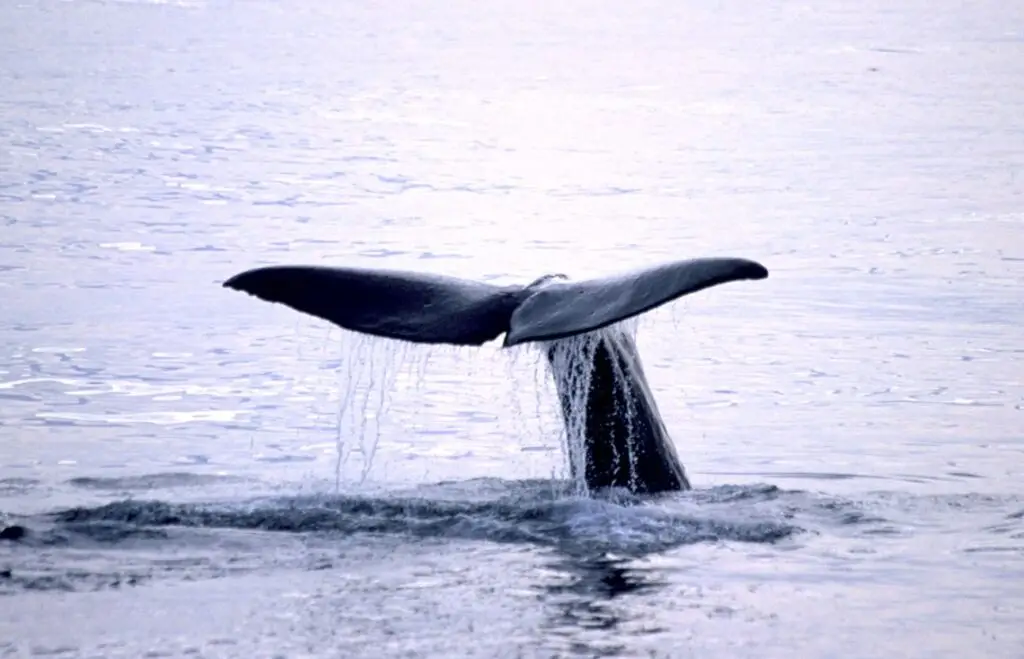There are stories that get whispered in the corners of classrooms, passed along like ghost tales at the edge of sleepovers. They seep through the cracks in reality, where the digital world blurs with the one we wake up to each morning.
One of those stories is the Blue Whale Challenge.
It starts innocuously, with a whisper in a chat room or a thread buried in the vastness of the internet. “There’s a game,” they say. “You won’t see it, not unless you’re invited.” And isn’t that always how the most dangerous things begin? Quiet, under the surface, until they explode into something far larger than any of us imagined.
The Blue Whale Challenge was said to be a game, a sinister journey guided by an invisible hand.
Fifty days. Fifty tasks.
At first, the requests were strange, but harmless enough. Wake up at 4:30 a.m. Watch a horror movie. Simple, like a dare from someone you don’t quite trust. But as the days crept on, the game became darker, its claws sinking into those it found.
Soon, the tasks involved self-harm, and by the final day, they claimed, the challenge demanded the ultimate price: your life.
It wasn’t long before the whispers became a roar.
The media got hold of the story, parents panicked, and the tale of the Blue Whale spread across continents, moving faster than the wind, faster than the truth.
But the truth, as it often does, slipped through the cracks. The original story came from a Russian newspaper, Novaya Gazeta, which claimed the game had driven over a hundred teenagers to suicide. There was just one problem — there was no proof. The article was built on speculation, its links flimsy, its numbers plucked from the air.
Yet, by the time anyone bothered to question it, the Blue Whale Challenge had already grown into something else: a living, breathing urban legend.
You see, once a story like that enters the collective consciousness, it doesn’t need to be true anymore. It feeds off our fears, thrives on our imaginations. Parents began seeing the challenge lurking in every corner, in every unexplained tragedy, and the media — always hungry for a headline — fanned the flames.
And the children?
Some of them, drawn by curiosity or loneliness, looked for the game. And when they couldn’t find it, they made it themselves. A strange thing, how we sometimes reach for the very thing we fear.
But here’s the truth buried beneath the myth: the Blue Whale Challenge was never the real threat.
The real danger was the isolation, the hopelessness, the mental anguish so many teens face every day. The challenge was a reflection of something much darker — our failure to notice the silent cries for help long before they reach the tipping point.
In Russia, where the story was born, many of the teens who died had been struggling long before the Blue Whale legend entered their lives. The game, such as it was, wasn’t the cause. It was a symptom, a product of a much deeper malaise.
What does it say about us that it’s easier to believe in a faceless villain on the internet than to face the reality of mental illness? That it’s more comfortable to think a “game” is responsible for teenage suicides than to confront the lack of support and empathy we offer to those who need it most?
As the Blue Whale story spread, experts weighed in, calling it a moral panic, a modern-day witch hunt, and they were right in many ways. But even as the myths were debunked, the conversation around it revealed a greater truth: the world isn’t kind to the lost.
In the dark, alone with their thoughts, some will reach for anything that feels like it’s offering them a way out — even if that way out is an illusion.
And the internet, for all its wonders, is a place where illusions thrive. Where myths like the Blue Whale can take root and grow, feeding on fear and vulnerability. Where loneliness can echo louder than ever.

But let’s not leave the story there, with the myth unraveling and the truth laid bare. Instead, let’s take a moment to consider what we’ve learned.
The Blue Whale Challenge may not have been real in the way we feared it was, but the pain it represented — the very real struggles of teenagers battling depression, anxiety, isolation — is something that can’t be ignored.
In the end, the Blue Whale Challenge wasn’t a game.
It was a mirror, reflecting back to us the things we’ve been too afraid to face. And now that the myth has faded, it’s time to look into that mirror and ask ourselves: what are we going to do to help those who are still struggling in the shadows?